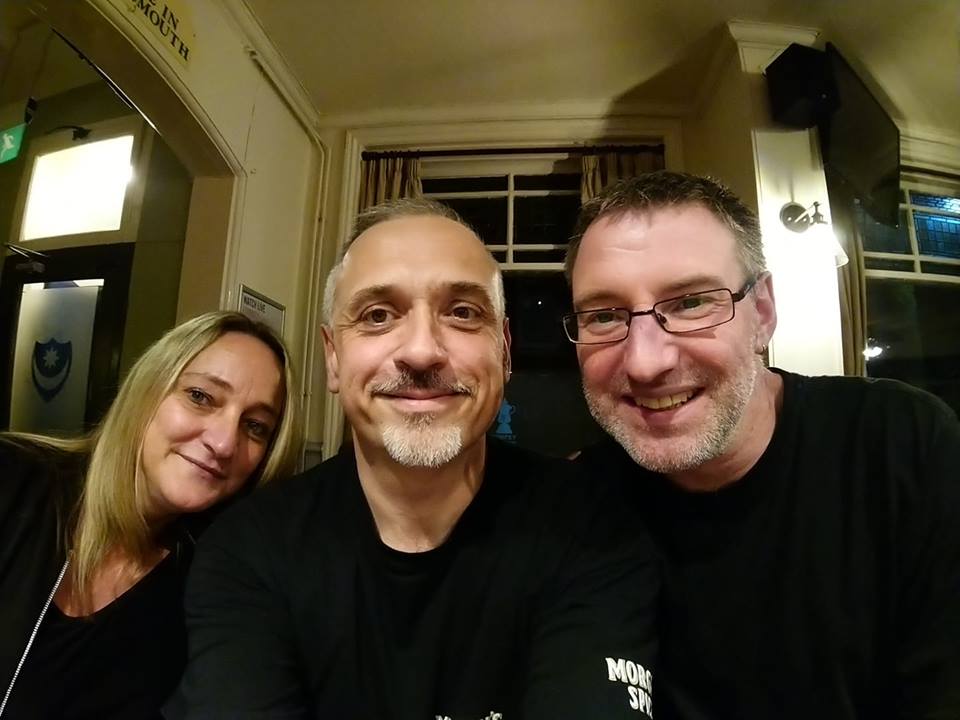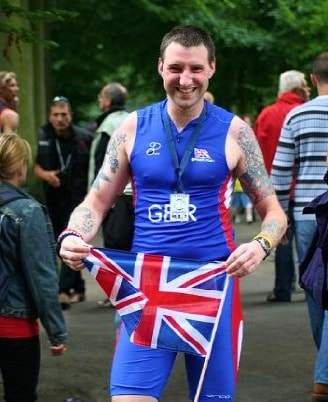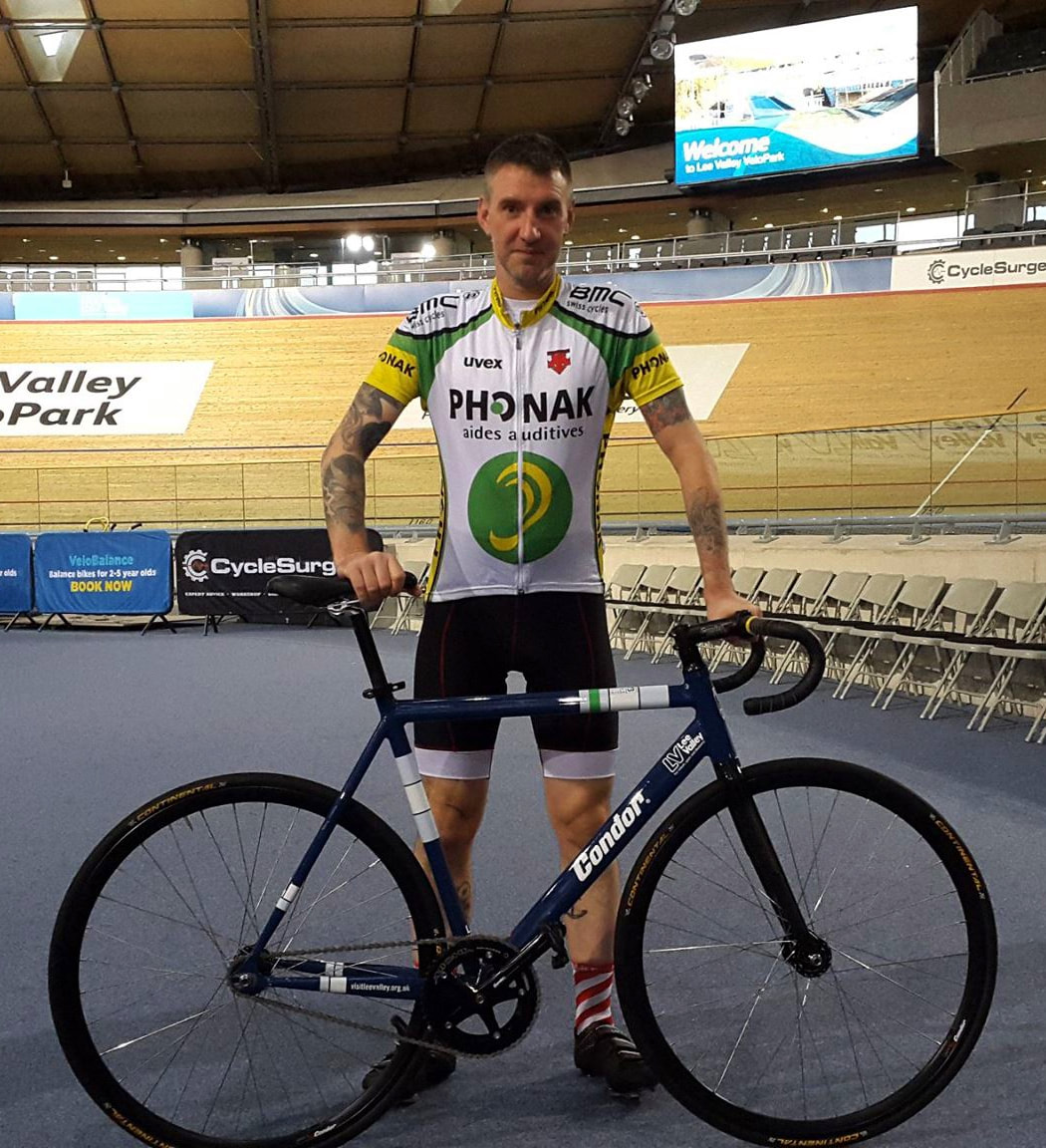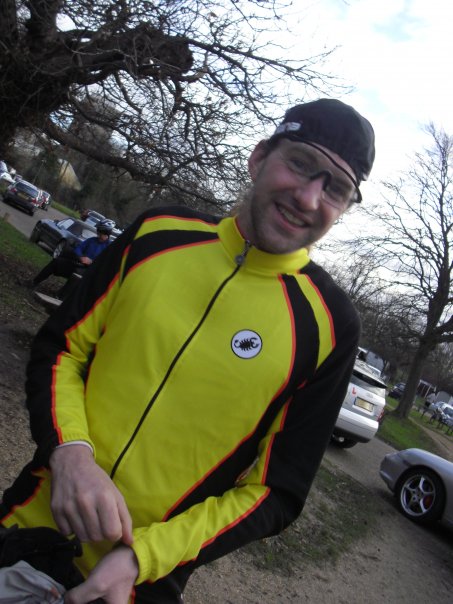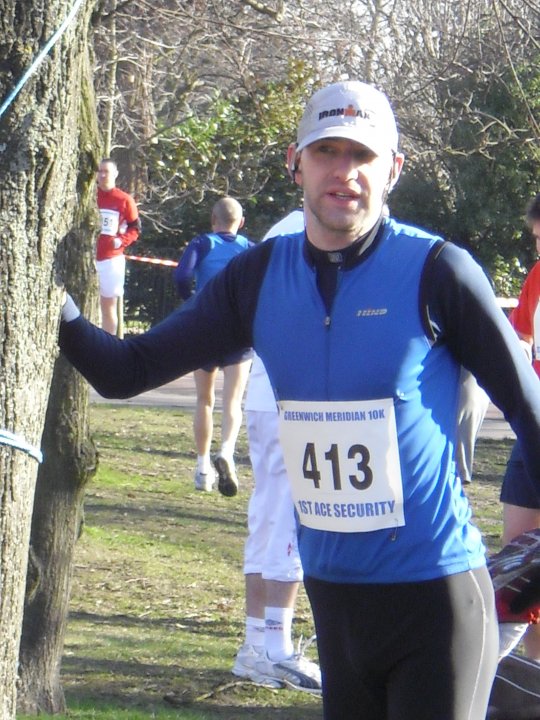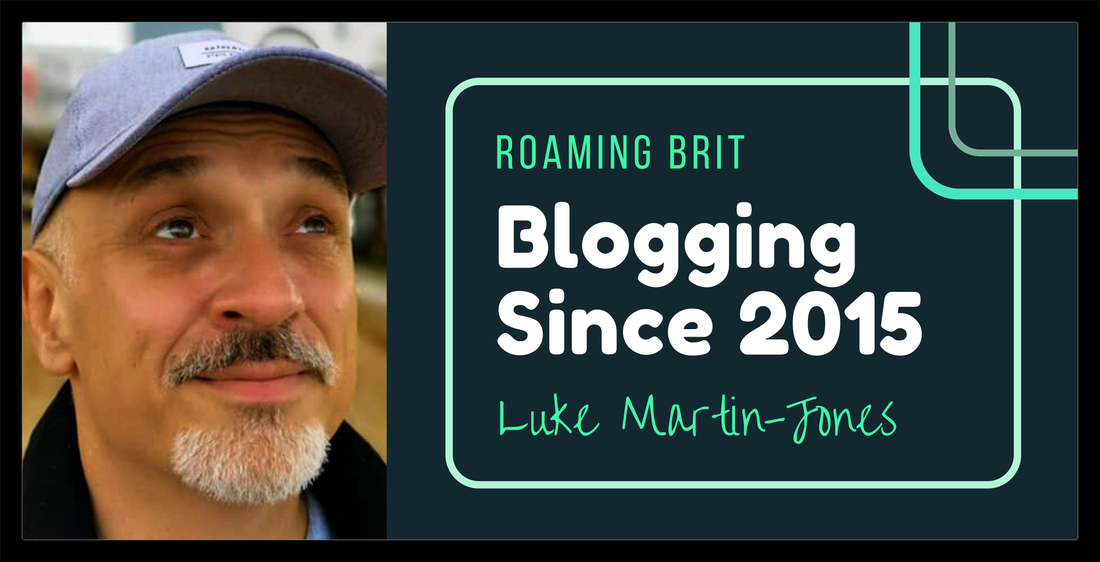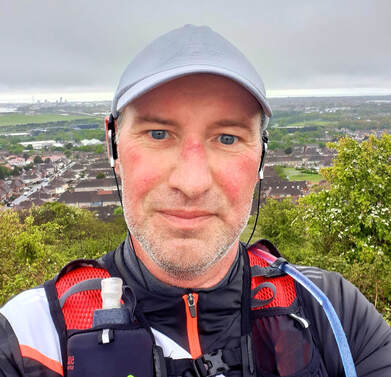 It was quite shocking to read that 21 runners lost their lives competing in a 100 km ultra-marathon in China over the weekend. High winds and freezing rain hit part of the course and many of those competing developed hypothermia, others got lost due to poor visibility in the mountains. I’ve read some reports that said many runners started the event without adequate equipment or kit (whether this would have made any difference at all is debatable). I wonder if the event organisers had stipulated that competitors take minimum kit required (for example, water-proof jacket, foil blanket, first aid kit). In many events this is a requirement and if you don’t have it you are not allowed to take part (and in some events the kit also checked at aid-stations/checkpoints). Endurance events are tough. The distances covered, the training required, the physical demands and the mental demands are there to challenge all who wish to take part in them. One of the ways I’ve changed my approach to training this year is to really focus on the mental aspect. As the training distances and weekly mileage have increased, the mental aspect becomes more important. The mind gives up much quicker than the body does. I’ve started focused a lot more on being present and being 'in the moment.' I’m not worrying about how I’ve run or how far I have left – I don’t have a great deal of influence over either of those factors. Instead, I’m just fully focused on the next 5-10 metres and moving forwards quickly. Fatigue is certainly a factor on those longer runs, but that is the purpose of those long runs, to fight that fatigue and get stronger. It has taken months of carefully planned training and preparation to get to that stage. There are also going to be times when the fatigue really kicks in, my quad muscles are screaming at me to either slow down or stop. This is where being 'in the moment' really comes to the fore. I know that endurance events are tough. I know that training for and competing in endurance events, means that there are going to be mental highs and lows. The key is how you manage them. It is quite easy when feeling good to push the pace a bit more but at what cost later on? When having a mental low it is quite easy to stop or quit but the pain of quitting days after the event is going to be a lot worse. Those mental lows can be caused by multiple factors – fatigue and tiredness, low energy levels, the terrain and the weather can also add to the suffering of trying to cover the distance. Many of these I have very little influence over. What I do have influence over is how I deal with them – recognising my emotional reaction, accepting it, and letting go of it. Focusing on it will only increase the duration of those negative emotions. Today I put this into practice to my advantage. I did a 19.2-mile training run. I started it in the middle of a downpour and was soaked through in minutes; oh well. I didn’t think about the distance I needed to cover and the time it would take and having to do this in wet kit. Instead, I just focused on putting one foot in front of the other. Later in the run, on the return, (around 13 miles) the heavens opened again, with the added bonus of hail as well. I just kept moving forward, focusing on the next 5-10 metres. It wasn’t the greatest conditions I’ve ever trained in and being on a very exposed part of the route with a strong relentless headwind made it that bit tougher. I accepted it for what it was and just focused on moving forwards. I’d originally scheduled in to run 18 miles today but went on for another mile just because. My quad muscles were fatiguing, but that is the point of training long distances; to be able to push that bit further. A part of me enjoys training when the conditions are not favourable. I enjoy that aspect of working towards being comfortable in the uncomfortable. I enjoy pushing my physical and mental endurance to see how I overcome issues and challenges that arise, how emotionally react and how I deal with it. Less than 6 weeks of training left now, and I’m looking forward to this event.
0 Comments
 Is sport as diverse as it can be and is it a level playing field (no pun intended) for all who participate? It is an interesting question and something I’ve been reflecting on after watching a few TedTalks and some of the reading I’ve been doing recently. If we look at running as an example, men and women at a professional or elite level don’t compete together within the events they participate in. I looked at the world records for some of the track events – the current world record for the men’s 100 m is 9.58 seconds, whereas the women’s record is 10.49 seconds (that time would not have gained a qualification to the men’s 100 m final at the last Olympic Games in Rio). The figures and differences follow a similar trend as you look at 200 m, 400 m, 800 m, and so on. Where this trends starts to drift is at marathon distance and beyond. There was no official women’s marathon at the Olympic Games until 1984!!!! Women had competed occasionally, but it wasn’t fully recognised. It wasn’t until the late 1960’s that women were permitted to run in marathons as elite athletes. This is staggering really as the evidence suggests that women are able to compete with men on an almost equal footing when the distances increase. I did a presentation in work about 6 years ago as part of a course on the cyclist Beryl Burton (“Who?” you are probably thinking – and no one attending the course had heard of her either). Beryl Burton was a phenomenal athlete who held multiple national records in an amateur career that spanned 4 decades as well as winning multiple national and world titles. The most remarkable title she held was the national 12-hour time trial championship in 1967 where she rode 277.25miles. She beat all the men taking part and held the national record (for both men and women – the women’s record stood until 2017!!!!!!) I’m still of the opinion that had women been able to compete in track cycling at the Olympic Games whilst Burton was still riding she would be our most decorated Olympian – however, very few people outside of cycling have ever heard of her. Within Ultra-distance running women are not only competing but are also winning events outright. Pam Reed won the Badwater Ultra in 2002 (this is considered to be one of the toughest footraces on the planet – 135miles through Death Valley!!) beating the first man home by over 4 hours and 30 minutes. It wasn’t a fluke either because the following year she repeated this by beating the first man to finish by 25 minutes (and that man was Dean Karnazes – one of the best male ultra-runners in the world!). Mimi Anderson has also won multiple races outright as have multiple other female ultra-runners, but very rarely do we hear about it. Jasmin Paris made national headlines and received much media coverage in 2019 after winning the 2019 Spine Race (268miles along the Pennine Way). There have been multiple studies and much research into why women are able to compete almost equally with men at ultra-endurance events – physiology and how the body uses fuel, pain threshold differences, mental strength, and ego-check (men are more likely to go at a much faster at the start and suffer for it later). Interestingly, when looking at separate race divisions for male and female competitors the organiser of the Big’s Backyard Ultra (Gary Cantrell (aka Lazarus Lake) – the creator of the infamously tough Barkley Marathons – a race so tough that only 18 runners have completed the full course since 1986!!!!) decided to scrap the separate male and female divisions – in 2019 a woman won the event overall. Outside ultra-running very few athletes get the media coverage they sometimes deserve for their achievements – now imagine if a woman was to win a mixed 100 m final at the Olympics and the media coverage that would receive. Imagine how inspiring and empowering that would be, especially for younger female athletes. I think it is a shame when we are looking at equality and role-modelling in sport that it is not as balanced as it could be and creating that environment where participation should be based upon ability and not gender. Saturday was another long run; 20.2 miles and it was made that little more challenging by the weather. Rain and a very strong breeze. It was good to get the session done in those conditions as I must really focus on why I’m out there. It can be easy to pick the pace up when you are being pushed by a strong tailwind, however caution is required as that tailwind will be a headwind on the return, and this requires even more patience and energy. If you’re spent at the halfway point, then it is going to be a world of pain on the return. I’ve reached that part of my training schedule where nothing but total focus is needed. I can’t and won’t take my foot off the gas now. I’ve spent months training to get to this point and I just need to keep this going for another couple of months. I’ve reached that part of my training schedule where the long runs are becoming the norm. Between now and the Serpent Trail 50k I have 4 more runs of over 20 miles to complete plus another 2 of 18 miles. In between those longer runs I have the normal runs I do of around 6-12 miles. I have another 23 runs sessions to complete. The mileage is really starting to ramp up now. This is the stage of the training I’ve been looking forward to. This is the stage of the training where I need to work the hardest and focus the most. This is the stage of the training where it gets tough, and I know I will need to dig deep at times to keep moving forwards. I enjoy that part of training. It is when you reach that point where your mind is telling you to quit, where your mind is telling you your body is aching and in pain and the way to stop that is to quit or rest. This is when the training gets interesting, and I know if I can endure those sessions then I have that focus to complete the ultra. Total focus and nothing else. I’m not really paying much attention to the outside world at present and don’t feel I need to. I’m busy in work, I’m busy with study, I’m busy with some other work-related projects, I spend a lot of time reading (I’ve already read 20 books this year), occasionally I’ll watch a film or a documentary on ultra-running, and the rest of the time is taken up with training or recovering from training. Both the preparation for training and recovery are vitally important. My diet has changed this year, and I’m more aware of the food that I eat needs to give me the fuel I need to complete the sessions as well as recover from them. There are foods I’ve completely cut out of my diet and foods that I am eating a lot more. I’ve realised the importance of adding in core work to supplement my training and I think this has been beneficial, especially on the longer run sessions. I’ve got just under 8 weeks to go until I stand on the start line for the Serpent Trail 50k ultra. I know that by giving it my total focus, like I have done since I started training for the event, for the next 8 weeks I will be ready to give it everything I have, both physically and mentally to cross that finish line. I will have the miles in my legs and know I have done the training required, I will have my nutrition plan correct, I will have the belief that I’m good enough to be taking part, I will have the belief that nothing along that trail will stop me getting to that finish line, I will have the belief that I can overcome any negative self-dialogue that tells me I’m not strong enough, I will know that I will have total focus and nothing less. Today is 3rd May 2021 and 2 months to go until the Serpent Trail 50k. So far this year I’ve completed 105 training sessions. I’ve completed 52 sessions on the bike trainer and 53 runs. I’ve not missed a single session this year. I’ve already run 381.53 miles this year which is further than my entire total for 2020 which was 355.04 miles. I’ve not got a target for distance running in 2021 and am just clocking the miles up. 0520 is the time my alarm goes off twice a week, so I can get out for a run before starting work. I used to hate having to get up early and train but nowadays, it doesn’t bother me in the slightest, if anything I look forward to it. There are 1,510 tracks on my MP3 player (and I still have a fair few more to add on) – when out running I try and name the track as soon as possible, there is some stuff I have no idea who it is!!!! The selection of music, genres, and artists is eclectic to put it mildly. I’ve got into the habit of singing along to one song on my longer runs, I try not to look at people when I pass them as I howl along tunelessly to ‘Bomber’ by Motorhead. There are exactly zero songs by Bon Jovi or Nickelback – they have zero place on any track list………. ever. I’ve stopped picking up the pace whenever a track by Slayer comes on – the long runs are not the time for that game anymore! The Serpent Trail 50k will be the first race I’ve done for a while. I think my last race was a Park Run 5k just over 4 years ago. I’ve no idea how many races I’ve done in total over the years – there are probably some I’ve forgotten about completely. After the Serpent Trail the focus shifts to the Great South Run and then the Portsmouth Coastal Marathon. The marathon will be the 10th marathon I’ve run – it will be a relief to get into double figures as it has been bugging me for years. The last marathon I ran was in Valencia in 2008. I have a feeling the Serpent Trail 50k won’t be the only ultra-marathon I run. I’ve no idea how quickly I’m going to run it. The main aim is to cross the finish line, but I’ll be happy to finish in 6 hours (which is an average pace of 11:35 min/mile), I’ll be delighted with a time of 5:30 (which is an average pace of 10:37 min/mile) – most of my training runs have been anywhere between 8:30 min/mile to just under 10:00 min/mile. On the day, I need to keep my ego well in check and realise that it could be a world of pain from mile 23 onwards – this is where it is going to get interesting and it becomes more of a mental rather than physical effort. I still have a lot of training to do and my longest run will be 26-28 miles – that’ll give me a more accurate idea of what I’m capable of finishing the event in, but experience tells me anything can happen on the day. I’ve already accumulated 5 blisters from my longer runs and have lost two toe-nails – it comes with the territory. I usually have to check 7-8 times before the closing the front door that I have actually got my keys! I recently bought a new pair of trail running shorts which cost more than the last pair of jeans I bought – I sometimes wonder if I have got my perspectives correct. Then again I own more pairs of running shoes than I do normal shoes. I’m planning to do a two-week taper in the lead up to the event – the number of sessions will be the same, but the volume drops considerably. I don’t enjoy the taper phase as I feel lazy and worry about slight tweaks and twangs in my muscles being impending injuries. I’m trying hard not to eat my own body weight each week in home-made energy bars. I’ve watched countless documentaries on ultra-running and am baffled on how someone can run 100 miles at 8:30 min/mile pace - off-road and up and down mountain trails! I’m 50 years of age in a few months’ time and never in my wildest imagination did I think I’d be training for an ultra-marathon. Then again I’ve never been one to limit their possibilities and that is the number one thing – don’t limit your possibilities. |
AuthorRichard Guy, 47 years of age, born and grew up in London and have lived in Portsmouth since 2017. Archives
August 2021
Categories
All
|








 RSS Feed
RSS Feed

